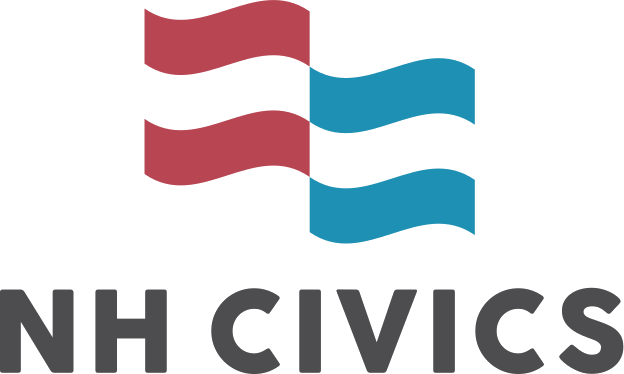Federalism – Virtual
Goal(s):
Students will be able to analyze how the interpretation of the U.S. Constitution over time impacts the balance of power between the federal and state governments within the United States.
Students will understand that:
- Compromise played a central role in the creation of the Constitution.
- The Constitution created a federal system of government where power is shared between the federal government and the states.
- The Commerce Clause and the Necessary and Proper Clause can be interpreted to give Congress broad authority to create national laws.
- The Supreme Court’s interpretation of the Constitution plays a central role in determining how much power states have to govern themselves.
- Voting rights in the United States are controlled by federal and state laws that allow for wide variation in the rules and procedures for voting.
- The Supreme Court’s interpretation of the Constitution – specifically the power of the federal government over the states – changes over time.
Essential Questions:
- How is power shared by the federal government and the states under the Constitution?
- Why did the founders choose a federal system of government for the United States? What are the positive and negative effects of a federal system?
- What authority does the federal government have under the Commerce Clause and the Necessary and Proper Clause and how has that power changed over time?
- How are voting rights and regulations affected by the changing balance of power between the federal government and the states over time?
Students will know:
- Important terms regarding federalism.
- Key facts about the changing interpretation of the power of the federal government versus the states over time.
- Key Supreme Court cases on constitutional federalism.
- The history, content, and effects of the Voting Rights Act of 1965.
Students will be able to:
- Recognize, define and use federalism vocabulary in context.
- Read, comprehend and analyze the text of the U.S. Constitution.
- Interpret, compare and evaluate Supreme Court analysis of the Constitution over time.
- Express their learning orally during class discussions and in writing.
- Collaborate successfully with their peers to improve and express their learning.
Learning Activities:
The goal of these activities is to familiarize students with the concept of compromise and explore the role compromise played in the creation of the U.S. Constitution.
“The content-oriented approach and engaging speaker was awesome.”
Looking for more information?
Please contact us with any questions you may have about any of our programs or would like additional information.
